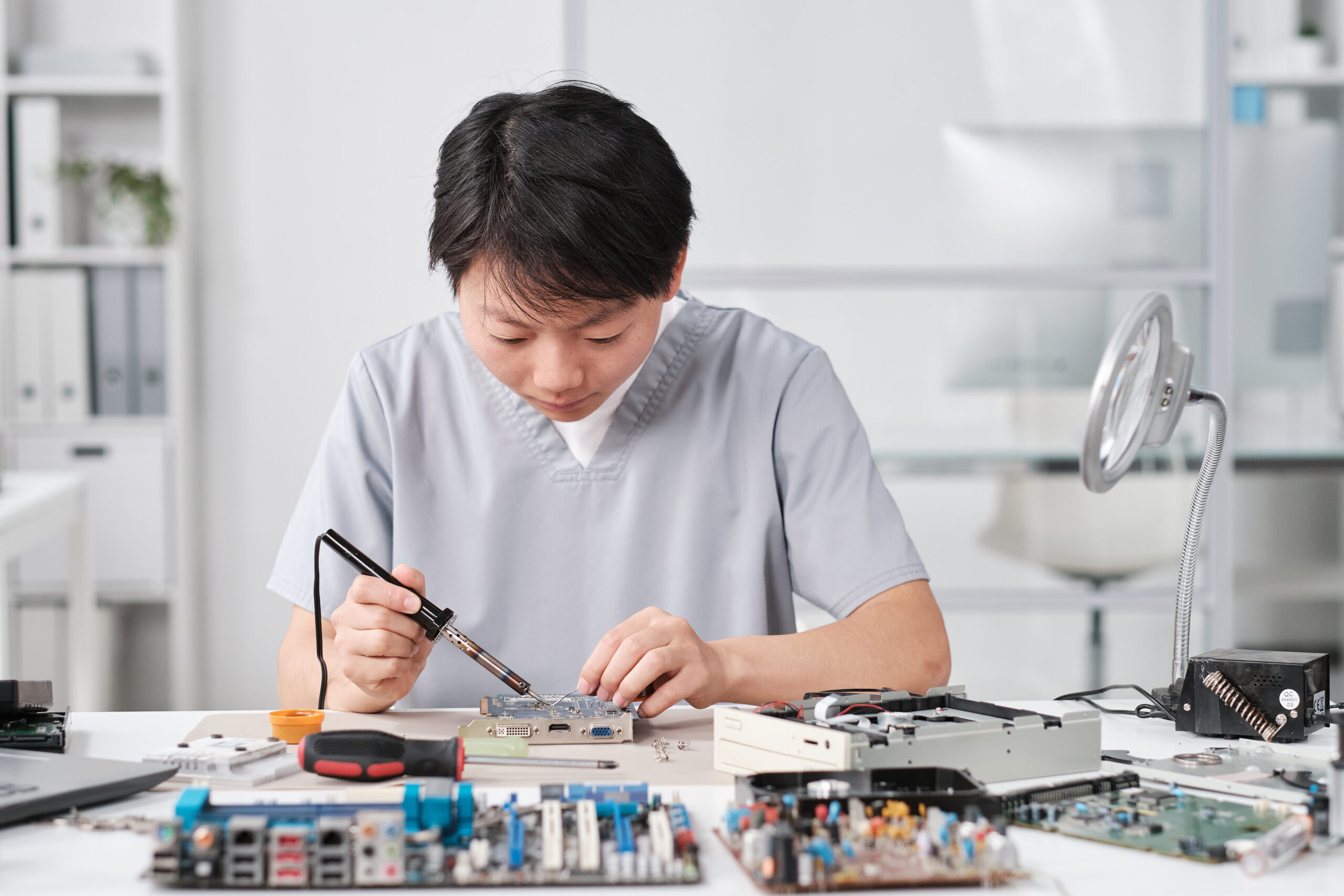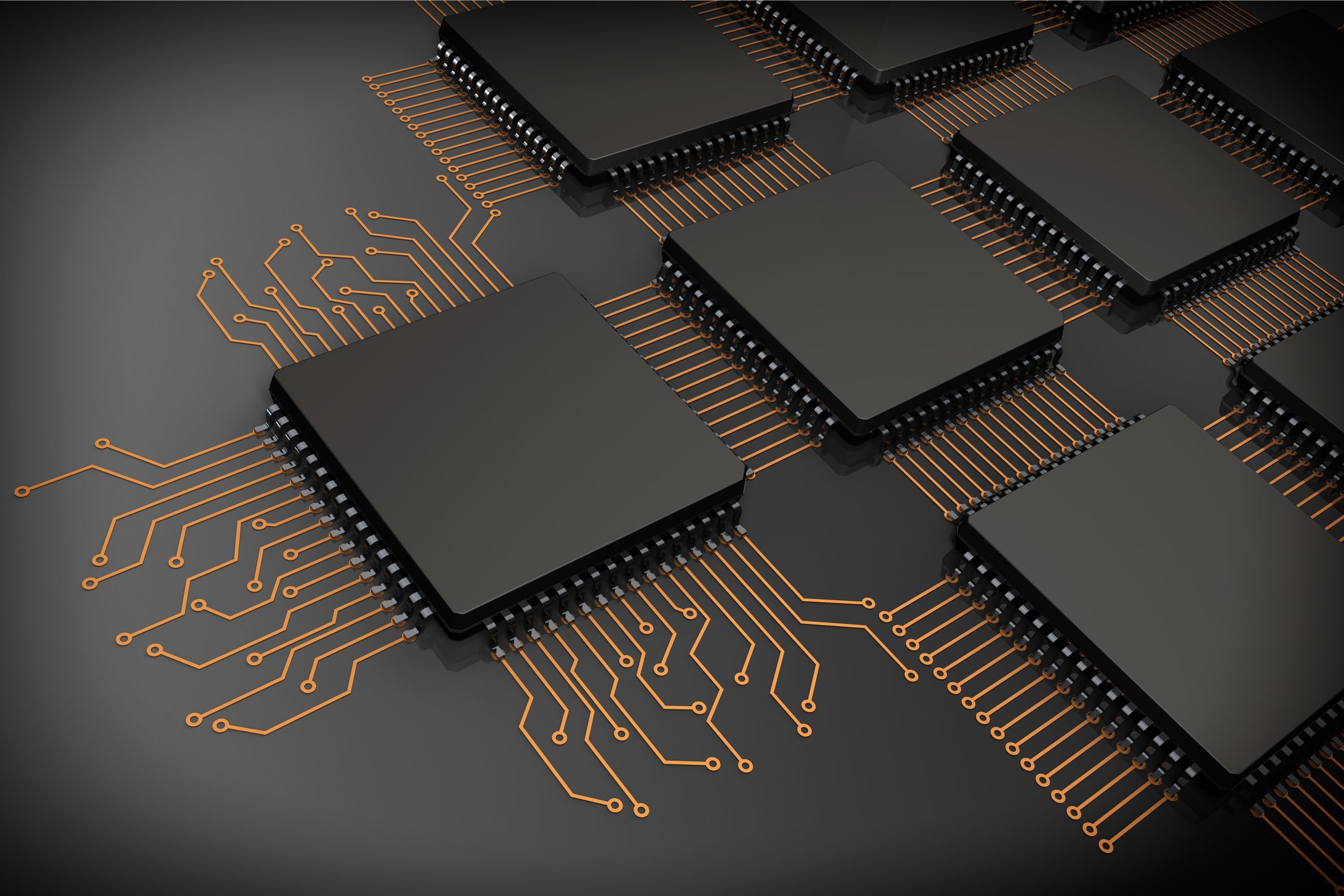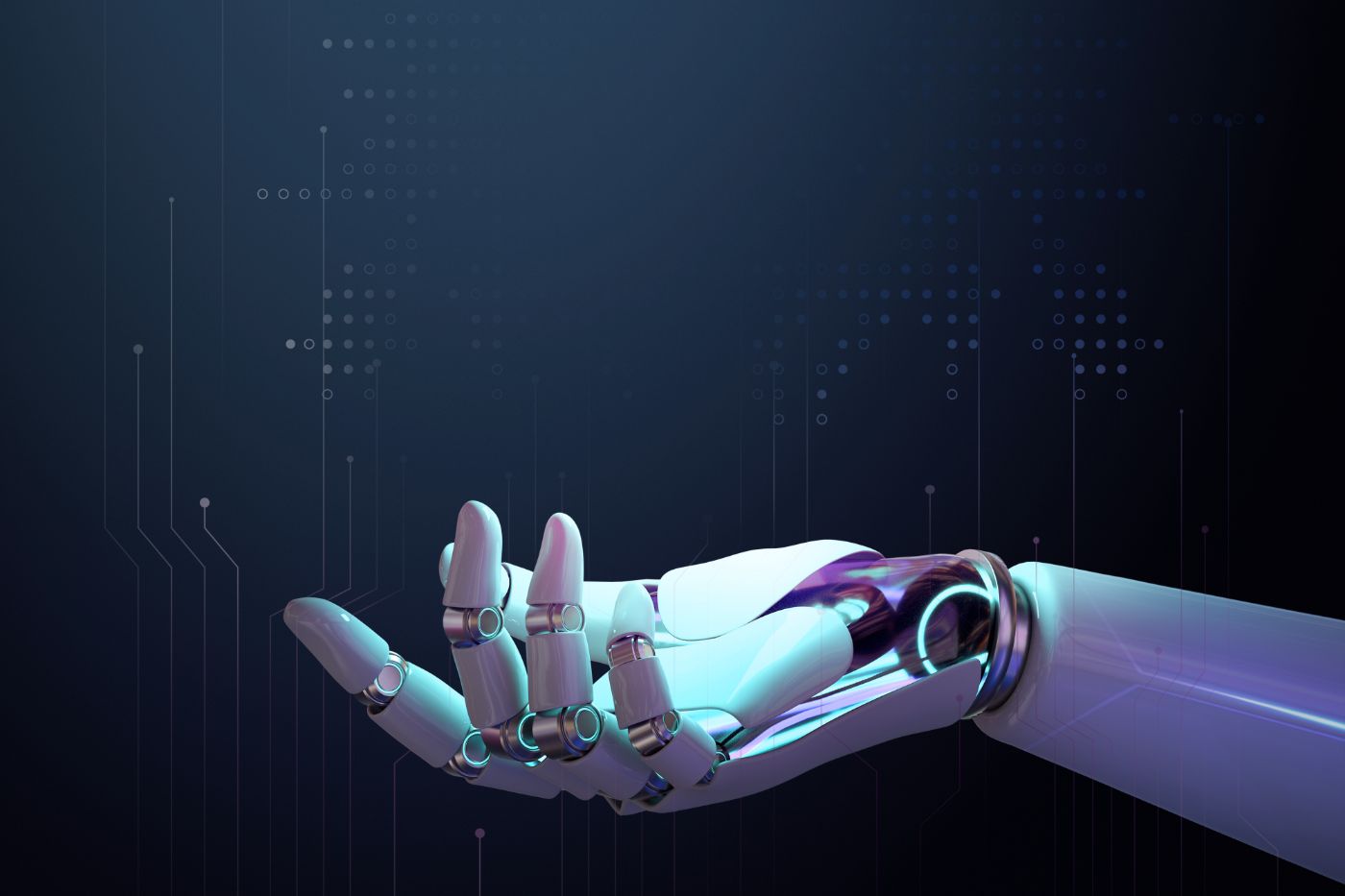New Machine-Learning Frame Gives Robots Social Abilities
A brand-new machine-learning body aids robotics knowledge as well as to conduct specific social communications.
Robots can easily provide food items on a college campus and hit a hole-in-one on the fairway; however, even the absolute most innovative robotic can’t execute general social interactions that are crucial to day-to-day human life.
MIT researchers have currently integrated specific social communications into a framework for robotics, permitting devices to know what it implies to impede or even assist one another and know to do these social behaviours independently. In a substitute setting, a robotic enjoys its buddy, hunches what activity it wants to perform, and after that helps or prevents this other robot based on its very own targets.
The researchers likewise presented that their version produces practical as well as predictable social interactions. When they showed video clips of these simulated robotics socializing with each other to people, the human audiences typically coincided with the model regarding what type of social habits was taking place.
MIT researchers have incorporated social communications into a structure for robotics, allowing substitute makers to understand what it suggests to prevent or even help one another and learn to execute these social actions on their own.
Allowing robots to show social skills can result in smoother and more positive human-robot communications. For example, a robot in an assisted living facility could utilize these capabilities to generate a more caring atmosphere for aged individuals.
The brand new style may likewise enable experts to gauge social interactions quantitatively, which could help psychotherapists examine autism or even assess the results of antidepressants.
Robots will live in our globe very soon enough, and they truly require to find out just how to connect with our team on individual phrases. They need to recognize when it is time for all of them to help and when it is an opportunity for them to see what they can do to stop one thing from occurring.
This is quite early work, and also our company are hardly scratching the surface. Yet, I think that this is the 1st incredibly major attempt for knowing what it means for humans as well as makers to interact socially, points out Boris Katz, major research scientist as well as head of the InfoLab Team in MIT’s Computer Science and Artificial Intelligence Lab (CSAIL) and membership of the Center for Human Brains, Thoughts, as well as Devices (CBMM).
Signing up with Katz on the newspaper are co-lead writer Ravi Tejwani, an analysis associate at CSAIL; author co-lead Yen-ling Kuo, a CSAIL PhD pupil; Tianmin Shu, a postdoc in the Team of Mind and also Cognitive Sciences; as well as senior author Andrei Barbu, a research study researcher at CSAIL as well as CBMM. The study will exist at the Event on Robotic Discovering in November.
A social likeness
To study social interactions, the scientists developed a simulated atmosphere where robotics seek physical and social objectives as they move around a two-dimensional framework.
A bodily objective connects to the setting. For example, a robotic’s physical objective could be to get through to a tree at a particular spot on the framework. A social objective entails guessing what yet another robot is trying to carry out and afterwards behaving based on that evaluation, like assisting yet another robot water the plant.
If a robotic is making an effort to help its friend, it changes its benefit to meet that of the different robot; if it is attempting to hinder, it adjusts its reward to be the contrary. The organizer, an algorithm that determines which actions the robotic needs to take, utilizes this frequently improving reward to direct the robotic to bring out a combination of bodily and social goals.
Our experts have opened up a brand-new algebraic framework for how you create social communication between two agents. If you are a robot and want to go to place X, and I am another robotic, as well as I see that you are attempting to go to location X, I can easily coordinate through assisting you to get to place X quicker.
Blending a robotic’s social and physical objectives is vital to produce realistic interactions. Humans who assist one another have restrictions on just how much they are going to go. For example, a sensible individual likely wouldn’t only hand an unknown person their pocketbook, Barbu points out.
A degree 1 robot possesses social and physical objectives; however, it thinks all other robotics merely have physical targets. A level 2 robotic says various other robots have social and bodily goals; these robots can take much more advanced activities like joining in to help altogether.
Reviewing the version
To find exactly how their version reviewed individual standpoints about social communications, they made 98 different instances and robotics at levels 0, 1, and 2. Twelve human beings checked out 196 video clips of the robotics interacting and afterwards were asked to approximate the physical and social goals of those robots.
On most occasions, their style coincided with what the human beings considered the social interactions occurring in each framework.
We have this long-term enthusiasm, each to develop computational models for robotics, yet likewise to dig deeper into the human parts. Our team desires to discover what features humans are utilizing from these online videos to understand social communications. Can our team create an unprejudiced test for your capacity to identify social interactions? Perhaps there is a method to instruct individuals to realize these social communications and also strengthen their capabilities.
Our team are a long way coming from this, but even merely having the capacity to measure social interactions successfully is a huge advance, Barbu states.
Toward greater sophistication
The scientists are working on establishing a system and 3D representatives in an atmosphere that permits many more forms of communications, including the control of family things. They are likewise planning to modify their version to feature environments where actions can easily fall short.
The scientists additionally intend to integrate a neural network-based robotic coordinator into the design, which gains from experience and does quicker. They wish to jog an experiment to pick up information regarding the features humans utilize to identify if robots interact in social communication.
Perhaps, our team will possess a criterion that permits all researchers to work with these social communications and encourage the kinds of science and design advances our company has observed in various other areas such as things and action recognition, Barbu says.
I assume this is a charming use of organized reasoning to a complex yet critical problem, mentions Tomer Ullman, assistant teacher in the Division of Psychological Science at Harvard University as well as scalp of the Estimation, Knowledge, and also Growth Laboratory, that was certainly not entailed with this research study.
Even young children seem to understand social communications like assisting and impeding, yet we don’t possess equipment that may do this thinking at anything like human-level adaptability.
I strongly believe designs like the ones planned in this job, that possess agents dealing with the perks of others and socially preparing how absolute best to foil or even sustain all of them, are a really good step in the correct path.
Endorsement: Social Interactions as Recursive MDPs by Ravi Tejwani, Yen-ling Kuo, Tianmin Shu, Boris Katz and Andrei Barbu.
This research study was supported due to the Midpoint for Makers, brains, and minds; the National Science Groundwork; the MIT CSAIL Equipment that Learn Project; the MIT-IBM Watson AI Lab; the DARPA Artificial Social Intellect for Effective Crews system; the united state Aviation Service Lab; the U.S. Flying Force Expert System Gas; and the Workplace of Naval Study.





